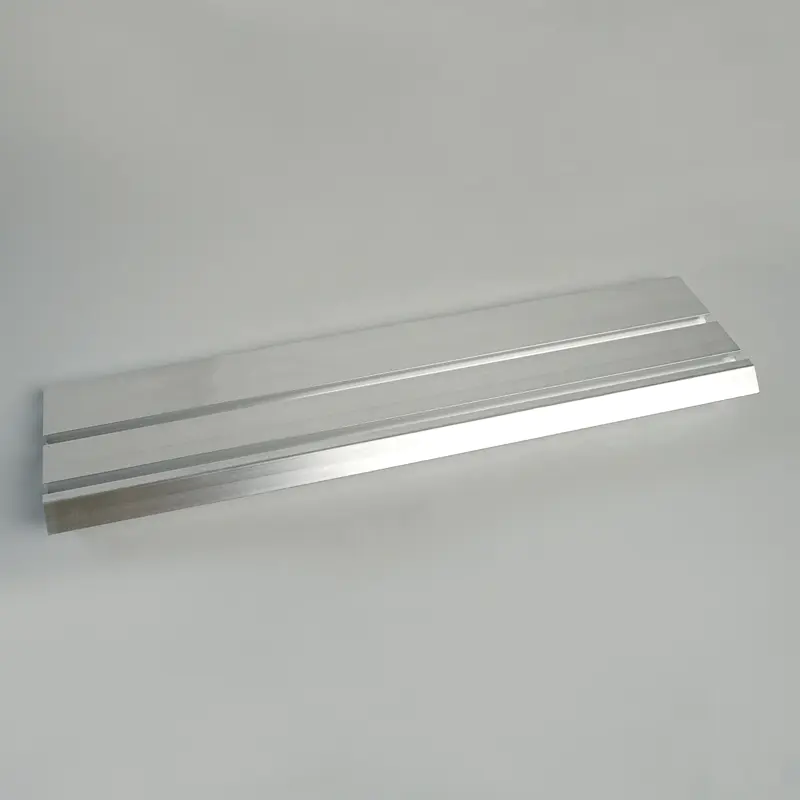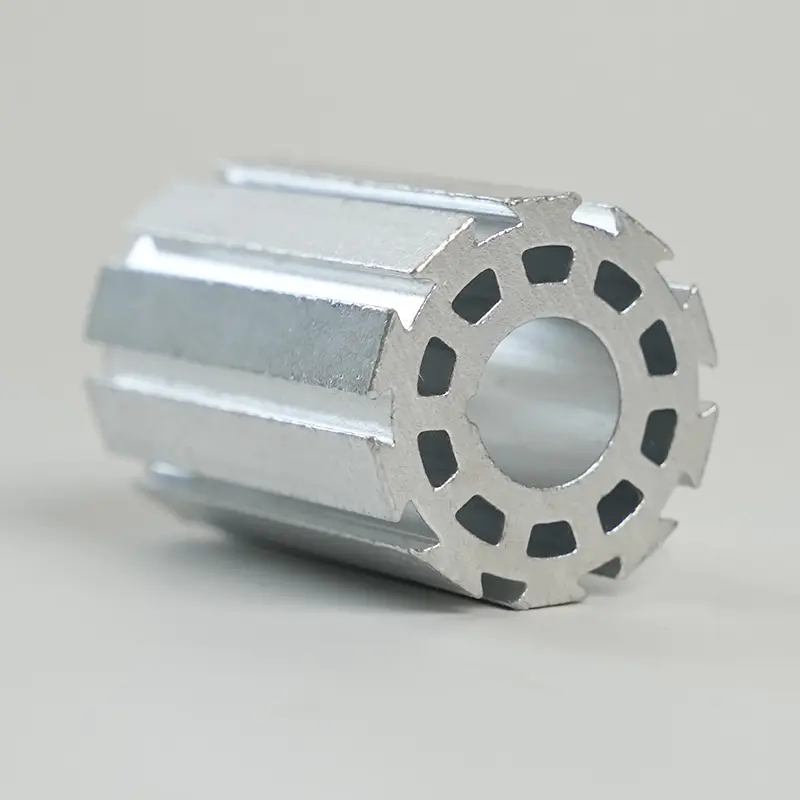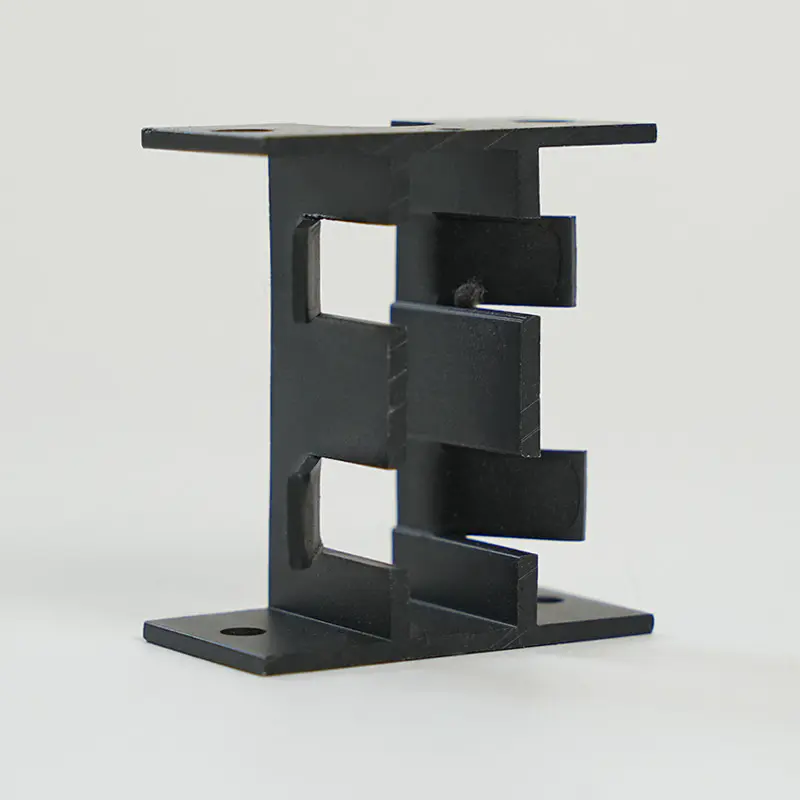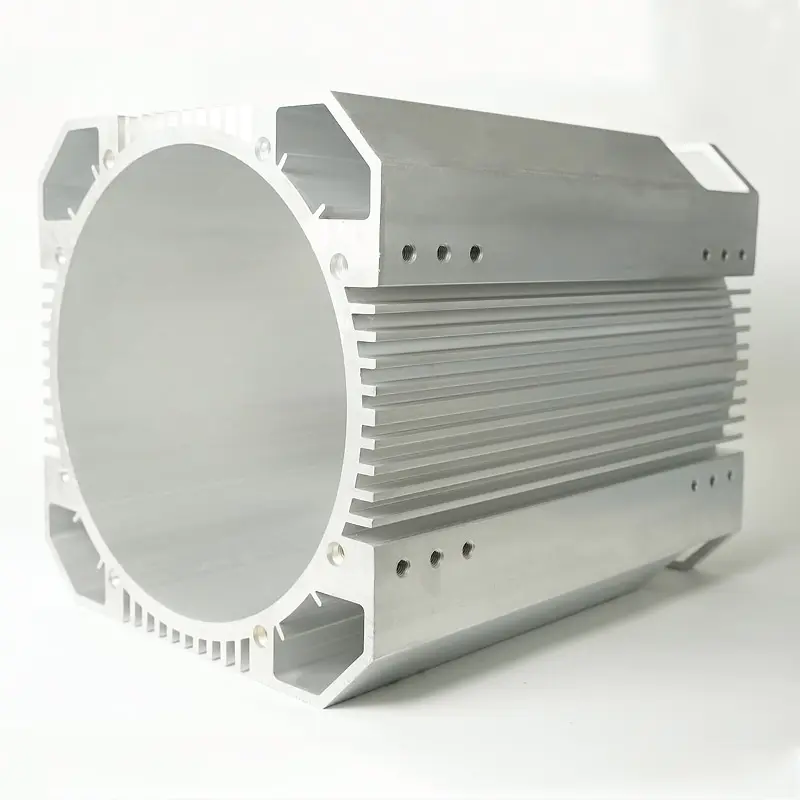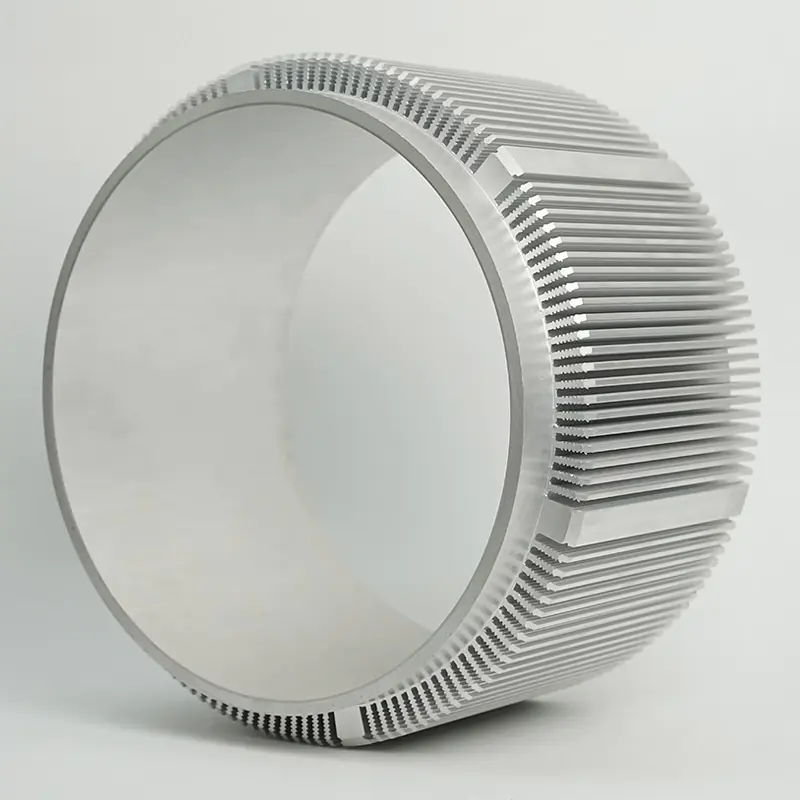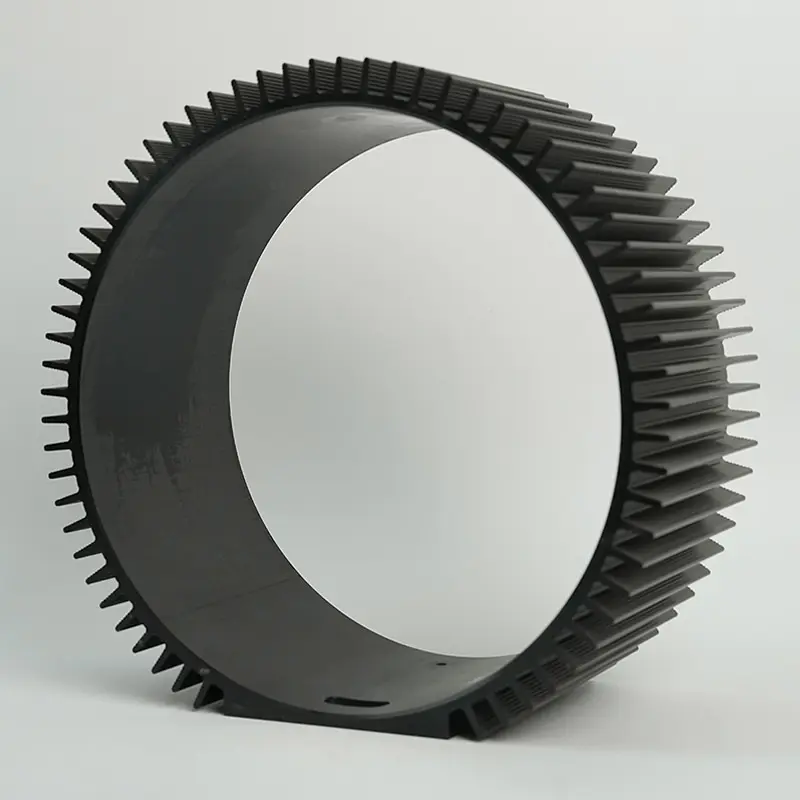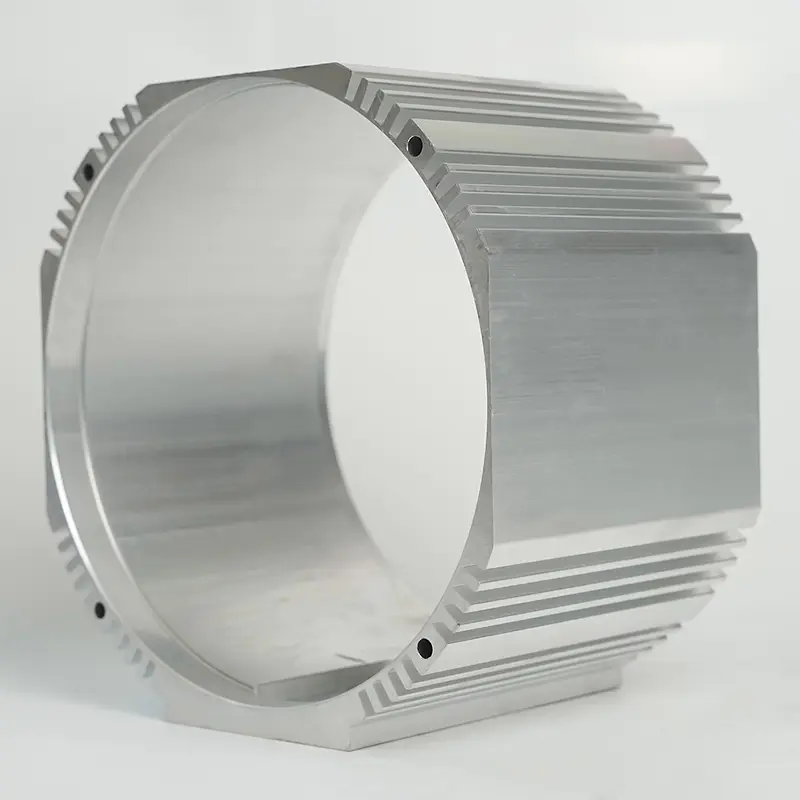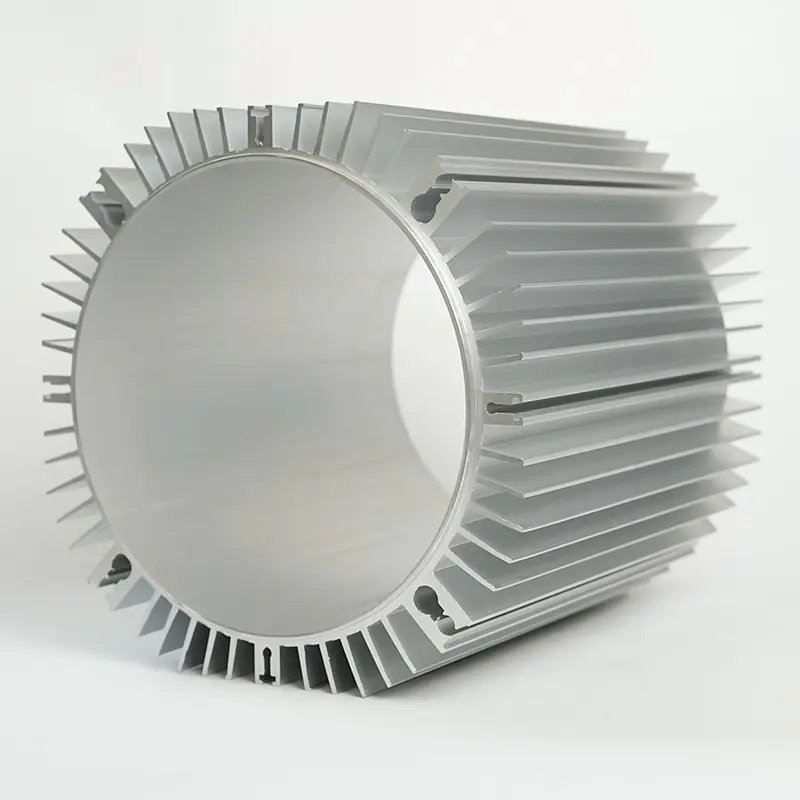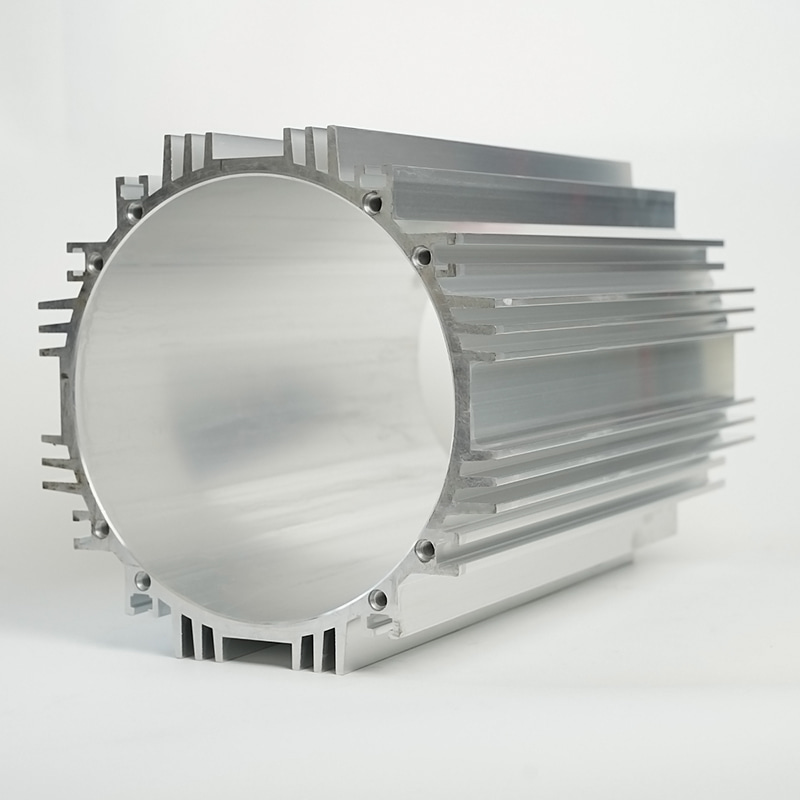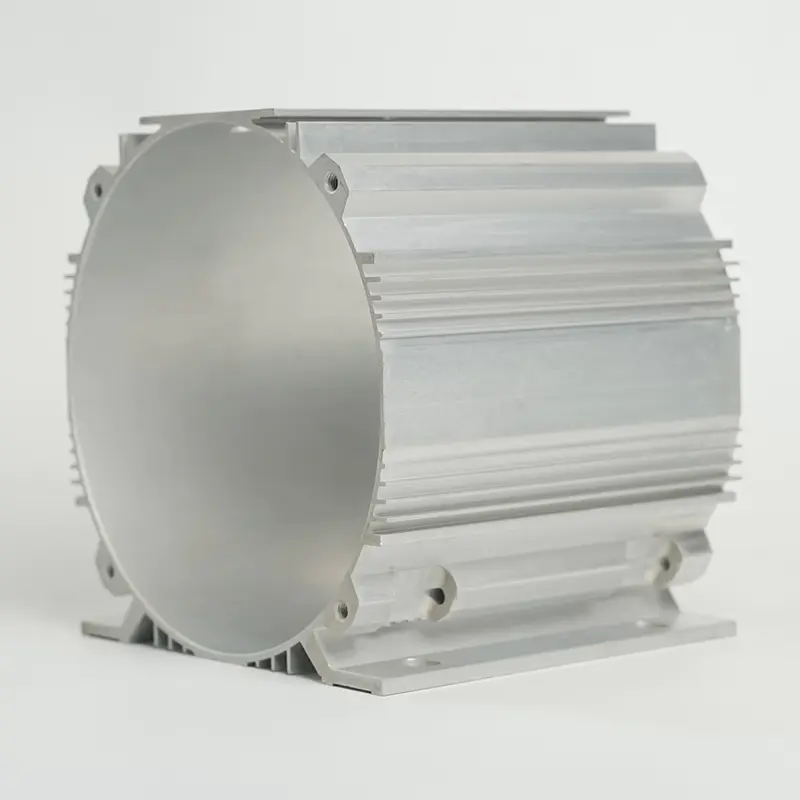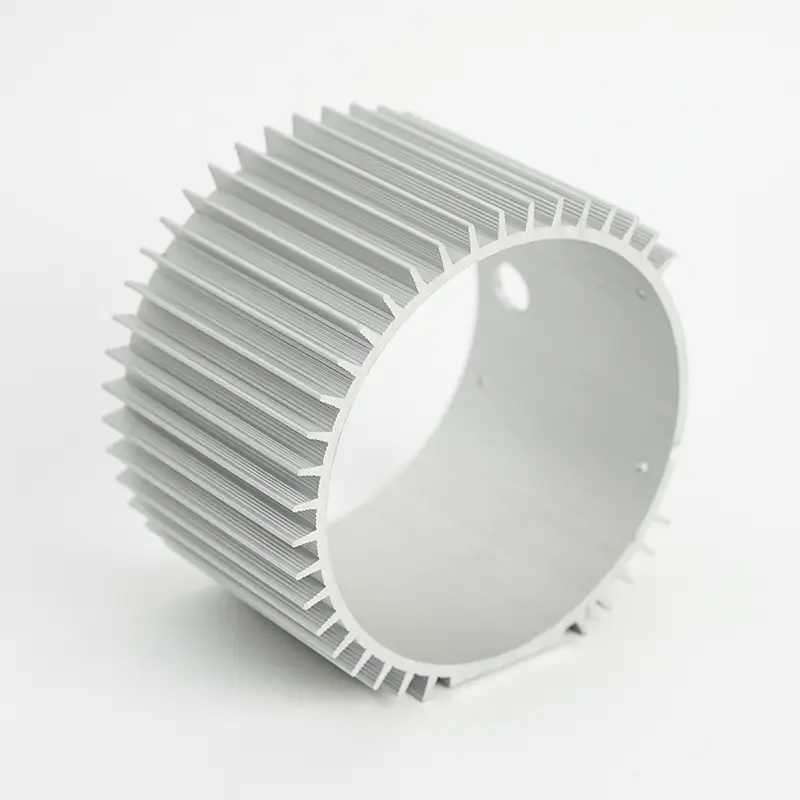1. Lightweight Trend: Core Advantages of Aluminum Alloy Frame
Lightweight is an important direction for current industrial design, and the Aluminum Alloy Frame is an outstanding representative of this trend. Compared with traditional steel, the density of aluminum is only 1/3 of that of steel, but through alloy ratio optimization and heat treatment process, its strength can be close to or even surpass some steel.
In the field of new energy vehicles, the application of Aluminum Alloy Frame has greatly reduced the weight of the car body, thereby improving battery life. In the consumer electronics industry, such as laptops and smartphones, Aluminum Alloy Frame not only ensures the robustness of the device, but also optimizes portability. In addition, the demand for lightweight materials in the aerospace field is even more stringent, and Aluminum Alloy Frame has become a key structural material for aircraft and spacecraft with its excellent specific strength (strength to weight ratio).
High-strength breakthrough: dual evolution of materials and processes
Early aluminum materials were limited by strength and toughness, and had limited application range. However, with the advancement of Aluminum Alloy Frame manufacturing technology, new alloys (such as 7000 Series and 6000 Series) have significantly improved tensile strength and fatigue life through microalloyation and precision heat treatment.
For example, in a car anti-collision structure, the high-strength Aluminum Alloy Frame can effectively absorb impact forces during collisions while maintaining overall structural integrity. In addition, advances in Aluminum Alloy Frame's welding and connection technology (such as friction stir welding, laser welding) have further enhanced its structural stability and durability.
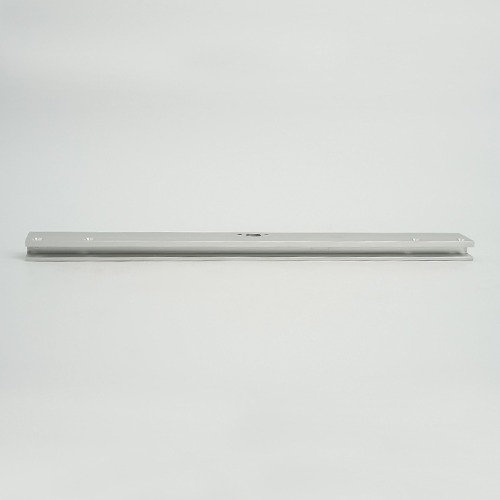
2. Environmental protection and sustainability: The green value of Aluminum Alloy Frame
Aluminum Alloy Frame’s recyclability has become another major advantage under the global carbon neutrality target. The recovery rate of aluminum is as high as more than 90%, and the performance loss of recycled aluminum is extremely small, which greatly reduces the carbon footprint of the manufacturing industry.
The construction industry is gradually replacing traditional steel structures with Aluminum Alloy Frame, which not only reduces construction weight, but also reduces energy consumption for transportation and installation. At the same time, the corrosion resistance of aluminum extends the building life, reduces maintenance costs, and is in line with the concept of sustainable development.
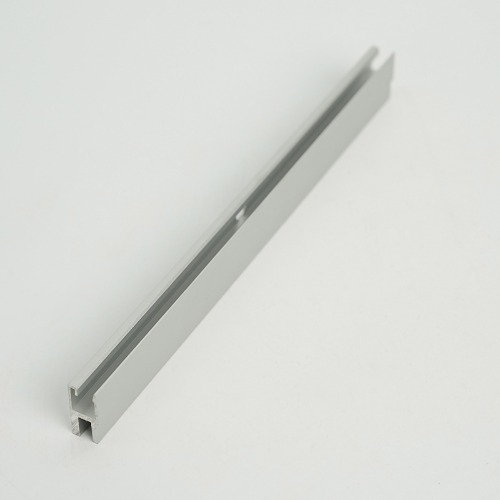
3. Future Outlook: Intelligent and Customized Development
With the advancement of Industry 4.0 and intelligent manufacturing, the production of Aluminum Alloy Frame is developing towards digitalization and automation. Advanced extrusion molding, 3D printing and other technologies enable the Aluminum Alloy Frame with complex structures to be quickly customized to meet the personalized needs of different industries.
In the future, Aluminum Alloy Frame is expected to play a greater role in emerging fields such as robots and wearable devices. At the same time, the combination of nanocoating technology and composite materials will further expand its application boundaries, allowing it to maintain stable performance in extreme environments (such as deep sea and deep space).
The technological innovation of Aluminum Alloy Frame not only achieves a perfect balance between lightweight and high intensity, but also promotes the transformation and upgrading of multiple industries. From material formulation to manufacturing processes, from traditional application scenarios to emerging fields, Aluminum Alloy Frame is constantly breaking its limits and becoming an indispensable core material for modern industry. In the future, as technology continues to advance, its potential will be further released, bringing more possibilities to the global manufacturing industry.


 English
English Español
Español
